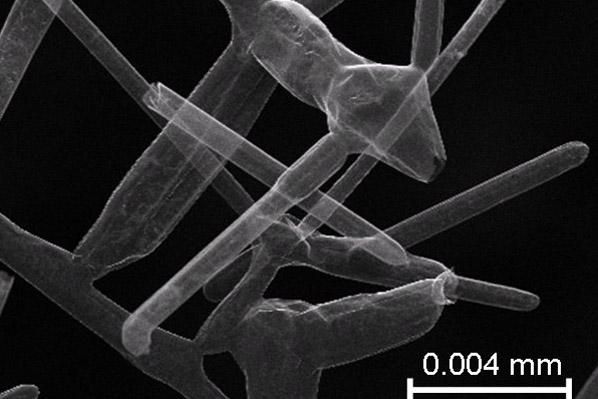Aerographite: World’s lightest material created
Scientists have created the world’s lightest material: Aerographite.
Aerographite, the world's lightest material was created by scientists.
Scientists at the Technical University of Hamburg and the University of Kiel have created the material in hopes that it will one day significantly enhance battery technology.
According to Sky News, the material is 99.9 percent air but is able to conduct electricity – essential for a lightweight battery.
"Despite its low density," write the researchers in the latest issue of Advanced Materials, according to io9, "the [Aerographite's] design leads to remarkable mechanical, electrical, and optical properties."
"The first experiments with Aerographite electrodes confirm its applicability."
More from GlobalPost: The Argentine economy’s fuzzy math problem
The material was created by a process called chemical vapour deposition and consists of carbon nanotubes laced together.
According to Science Daily, the new material can be compressd to a thousandth of its size and then, like a sponge, spring back to its original size.
It can also hold 40,000 times its weight.
The former lightest material was a metallic microlattice that weighed-in at 0.9 milligrams (three ounces) per cubic centimetre.
The discovery was noted in the journal Advanced Materials.
The story you just read is not locked behind a paywall because listeners and readers like you generously support our nonprofit newsroom. If you’ve been thinking about making a donation, this is the best time to do it. Your support will get our fundraiser off to a solid start and help keep our newsroom on strong footing. If you believe in our work, will you give today? We need your help now more than ever!
